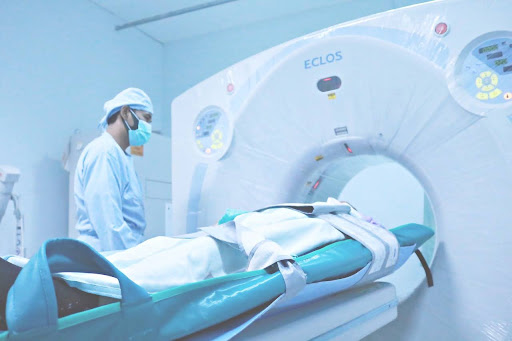Golf – the calming sport of leisurely swings and scenic greens, where players chase that elusive little white ball. But don’t be fooled by the elegance; the golf course can be a sneaky hotbed for injuries. And when it comes to understanding these aches and pains, there’s an unsung hero in the form of radiology, quietly identifying the roughs and hazards that lay within the body. In this blog post, we’ll take you from tee to green, showing the X-rays behind injuries you couldn’t have foreseen.
The Snap in Your Swing: Golf’s Not-So-Silent Injuries
Golf might seem low-impact, but look closer, and you’ll see it’s quite the balancing act. The sport is notorious for causing repetitive strain injuries like golfer’s elbow and wrist sprains. Even the blessed backswing that propels the ball can cause the dreaded ‘golfer’s back’ – a.k.a. sacroiliac joint dysfunction or lumbar strain. These injuries are par for the course, pardon the pun, owing to the combination of play intensity and biomechanics.
A Perfect Panorama: Radiology’s Gaze on Golf Injuries
When the game gets rough, or the rough gets… well, rougher, radiology steps in like a loyal caddie. The imaging technology involved – X-rays, CT scans, MRIs – can capture the inner mechanics fine-tuning your shots. For instance, a wrist radiograph can reveal the telltale signs of ligament injuries, which, if overlooked, could turn into a major handicap. Similarly, an MRI around the shoulder can survey the rotator cuff, vital for the powerful motions in a swing, possibly showing underlying strains that affect deft club control.
Before “Fore!” After the Swing: Preventive Measures and Rehabilitation
Don’t be a ball in the wind – awareness of common golf injuries and their early detection is key. Warm-ups and golf-specific exercises can cut off many injuries before they begin. And in case the worst happens, incorporating radiology in your recovery narrative is crucial. It can chart the progress of healing and inform the rehabilitation plan, ensuring that your return to the course isn’t met with a recurrence of the injury. Attend golf resorts in Tampa, Florida with confidence.
Steer Clear of the Sand Traps and Stretcher Cars
To outsmart sports injuries, approach golf like a chess game. Stay hydrated, maintain a balanced diet, do your pre-game stretches, and know when to call it with a heavy round. The golfing community often downplays the physical toll of their sport in favor of its cerebral challenges, but it pays to remember that even the most elite tour pros occasionally fall prey to the demands of the swing spectrum.
In the vast course of sports medicine, radiology acts as a beacon – guiding both patient and physician through the treacherous back nine of golf injuries. It’s not just about seeing the outside of the body with radiologists, it’s about looking within and spotting the unseen faults that hamper your perfect game. Remember, the real winners are those who play the game for years to come, unmarred by injuries as invisible as those X-rays reveal.
